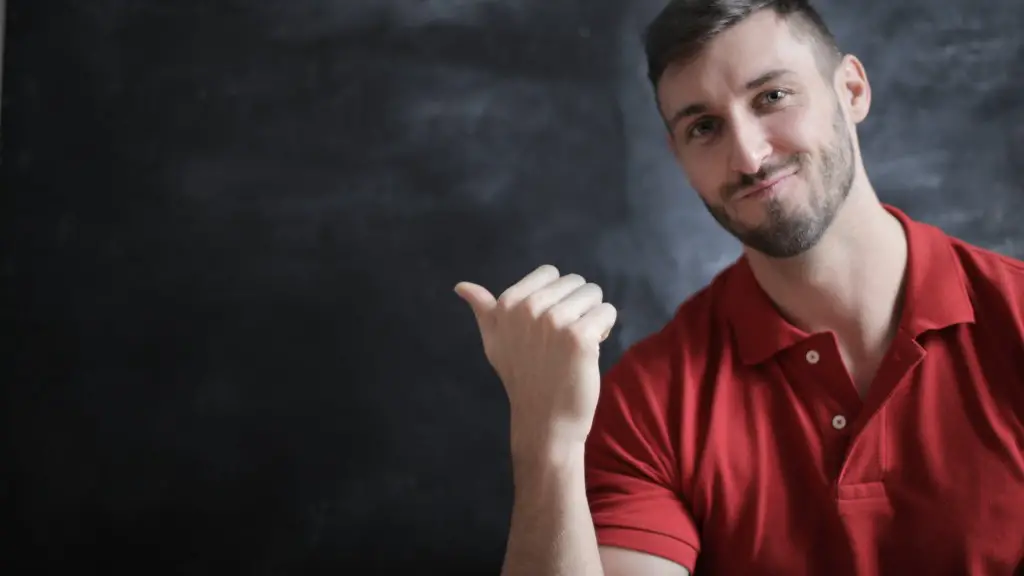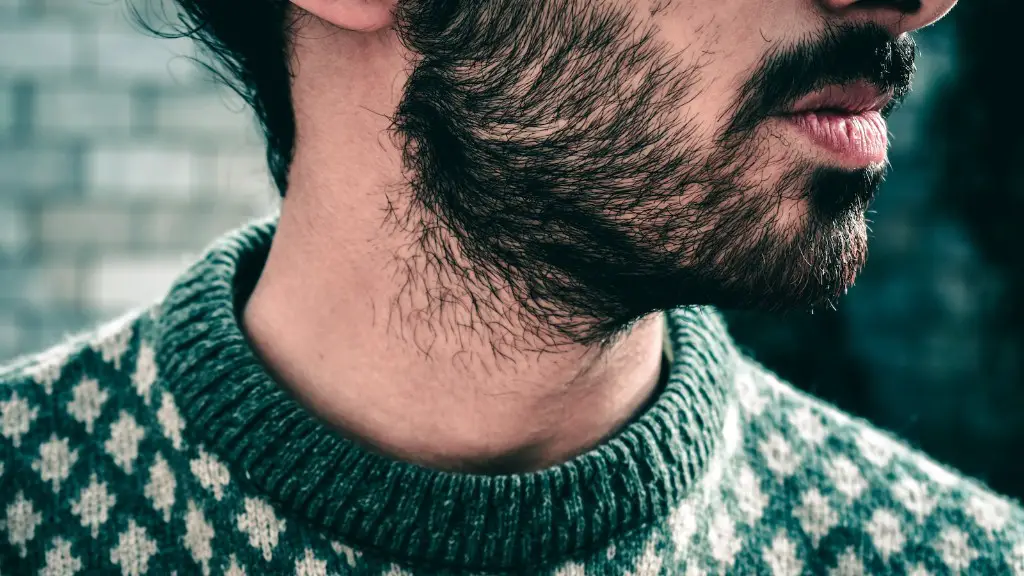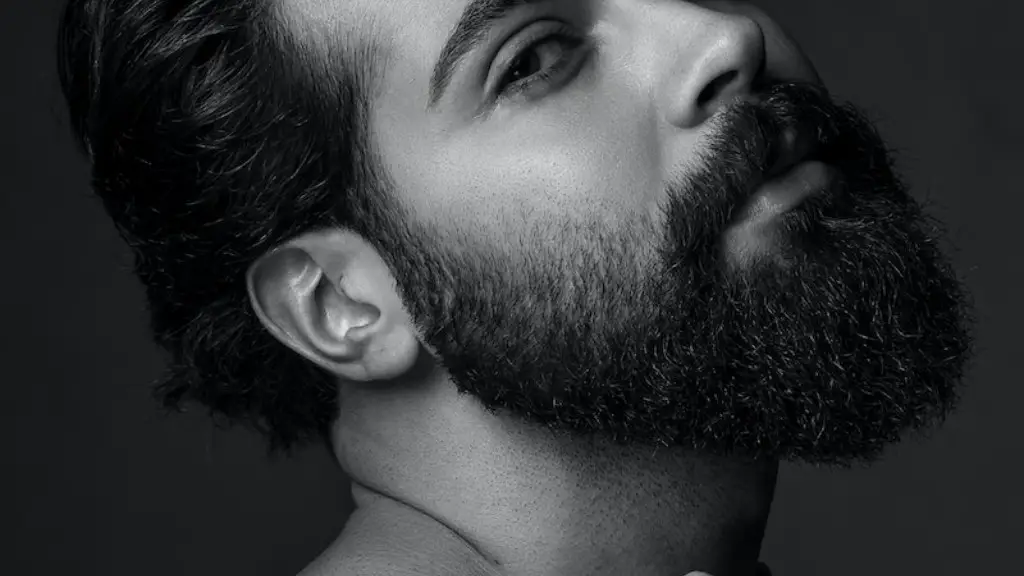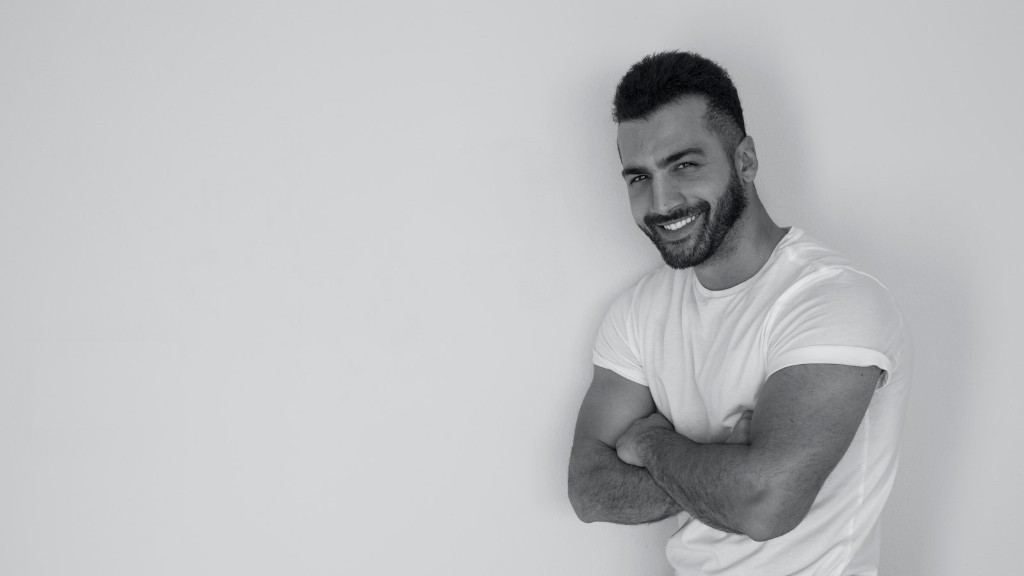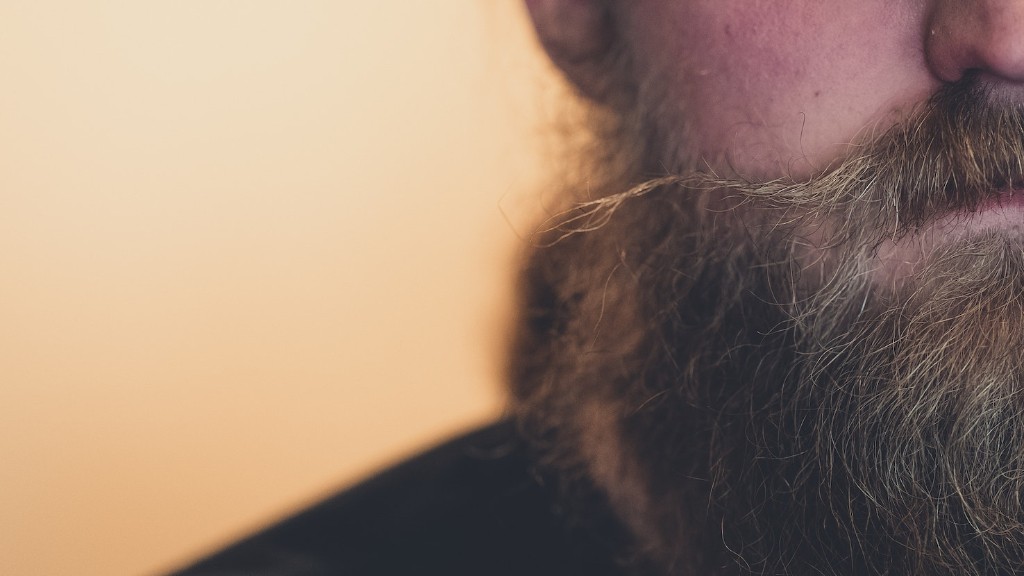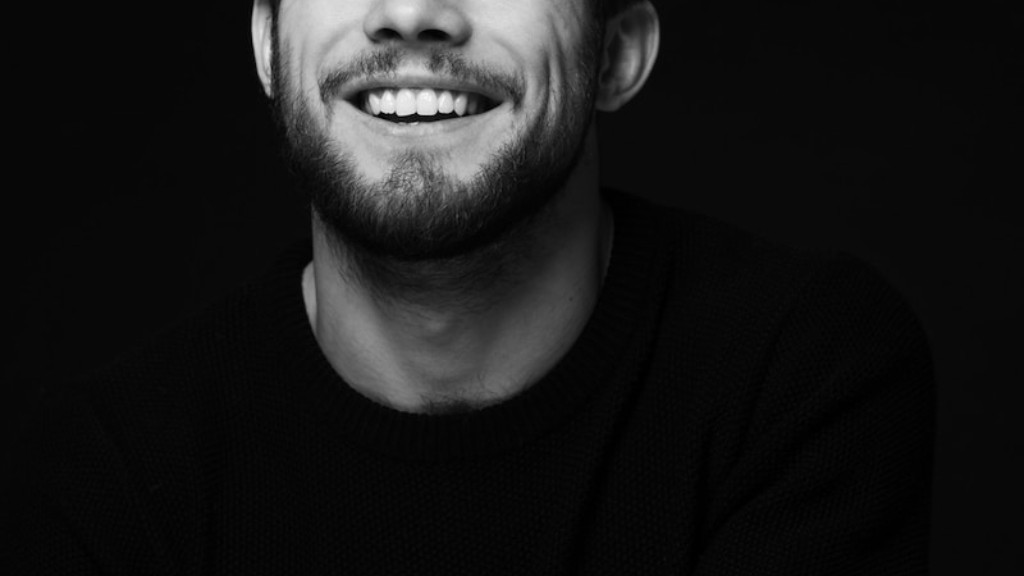Brian Wilson, of the Beach Boys fame, has been photographed numerous times with, what looks to be, a slightly dyed beard. For years, there has been speculation over whether Brian Wilson dyes his beard. While there hasn’t been any official word from Wilson himself, there are plenty of signs that point to some slight facial alterations.
Aesthetically speaking, Brian Wilson’s beard appears to have a slight tinge of reddish brown colouring that on closer inspection, does appear to be different from the blondish colour of his hair. On closer inspection, it is quite noticeable – although it is hard to tell for sure whether or not he is dyeing his beard or if it is a trick of the light.
The most compelling evidence that points to Brian Wilson dyeing his beard comes from a picture taken of him in 2017, where his beard was noticeably darker and there was an obvious line of demarcation at the jawline – an indication that he had dyed the lower part of his beard, if not the entire thing. The presence of this line led some to conclude that he was attempting to cover up the grey in his beard.
Besides the visual evidence, there has been some speculation from Beach Boys fans about why he would want to dye his beard. Some fans believe that Wilson is using the beard dye to enhance his artistic image and make himself appear more youthful. Others suggest that he is more concerned with dyeing his beard as to appear presentable for interviews and stage performances.
To determine with certainty whether or not Brian Wilson does dye his beard, one would need access to his hair and skin care products. As of now, however, Wilson has yet to comment on the matter, and due to his penchant for secrecy, it is unlikely he will ever do so.
Without any official confirmation from Wilson, fans can only speculate as to why and how he is involved in facial hair maintenance. Some fans still remain skeptical even if the evidence continues to mount, and until he makes a statement, it will remain a mystery.
Causes of Greying Beard
The most common cause of a greying beard is age. As a person gets older, their hair follicles begin to produce less melanin, which is the pigment that gives hair its colour. This will cause the hair to turn grey or white as the melanin begins to decline.
Stress and genetics also influence the greying of hair. In stressful times, the body produces more of the hormone cortisol, which in turn can trigger the slowing of the production of melanin, resulting in grey hair. Genetically, some people may be predisposed to grey hair earlier than others due to their genetic makeup.
Other factors such as diet, lifestyle and exposure to sunlight can also influence the greying of the hair. A lack of certain vitamins and minerals can cause a person’s hair to age faster, while exposure to sunlight can lead to premature greying.
In addition, certain medical conditions can also cause a person’s hair to turn grey. For example, an underactive thyroid gland can be a cause of greying hair, while autoimmune conditions such as alopecia can also cause hair to turn prematurely white.
Types of Beard Dye
There are a variety of beard dyes on the market today, ranging from natural or semi-permanent dyes to permanent colouring kits. The type of dye used will vary depending on the individual and the desired result. For those looking for a more natural look, natural dyes such as henna can be used.
Semi-permanent dyes are a popular choice as they provide a more natural look and are much less likely to cause an allergic reaction. Permanent dyes are another option, however they tend to be harsh on the skin and can cause long-term damage.
Another option is to use a colouring kit such as Just for Men, which contains all of the necessary ingredients for colouring the beard. The kits are easy to use and do not require any special tools or knowledge.
Whichever type of beard dye is chosen, it is important to read the instructions carefully and follow them precisely in order to achieve the desired result.
Pros and Cons of Beard Dyeing
Beard dyeing can provide a versatile look and is a good way for men to cover up patches of grey or to enhance the overall look of the beard. Dyeing the beard can also be seen as a confidence booster, as it can make a person look younger or more attractive.
However, beard dyeing comes with certain risks. As mentioned, dyeing the beard with permanent dyes can cause long-term damage to the skin and hair follicles, while semi-permanent dye can also cause skin irritation or an allergic reaction. It is therefore important to research the type of dye to be used and ensure that the instructions are followed carefully.
In addition, the dye can fade over time and need to be reapplied regularly. Depending on the type of dye used, it may need to be applied more often than with other products.
How to Prevent Your Beard from Greying
The best way to prevent the greying of facial hair is to prevent it from happening in the first place. This includes avoiding stress, eating a balanced diet, and avoiding exposure to the sun. In addition, it is important to get enough sleep, as this is an important factor in preventing premature greying.
Regular exercise is also beneficial, as it increases blood flow to the body and helps to reduce cortisol levels, which can lead to greying hair. Keeping the beard and skin clean is also important, as this helps to prevent the build-up of oils and dirt, which can lead to hair loss.
Another way to prevent the greying of facial hair is to use Minoxidil, an over-the-counter medication. Minoxidil works by stimulating the follicles and forcing them to produce more melanin, which can help to reverse or slow the greying process.
Finally, if a person chooses to dye their beard, they should use products specifically designed for the face, as these will be less likely to contain harsh chemicals that can cause irritation and damage the skin.
Alternatives to Dyeing Your Beard
While dyeing your beard is an option, there are a number of alternatives that can be used to help prevent and slow the greying of facial hair. These include using natural dyes and color depositing shampoos, which work by depositing temporary color onto the hair without causing any damage.
Using vitamin supplements, such as biotin and folic acid, is also helpful as these can help to strengthen the hair follicles and restore pigment production. If a person is genetically predisposed to grey hair, they may try using scalp dermabrasion, which is a procedure that can help to restore pigment production.
Finally, there are a variety of products on the market designed to cover grey hair, such as hair creams and sprays. These products can help to cover up the grey hairs and give the beard a more youthful appearance.
